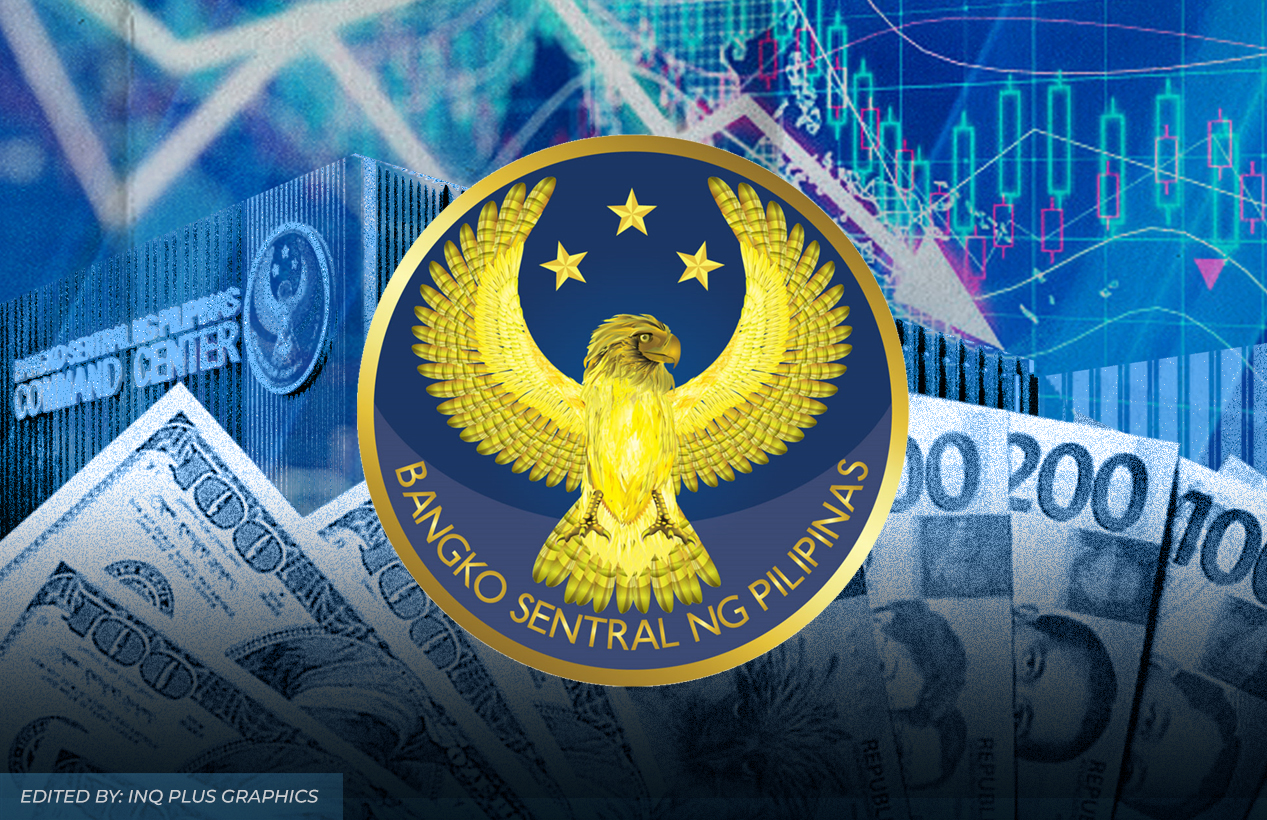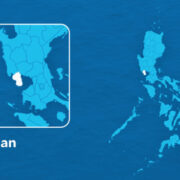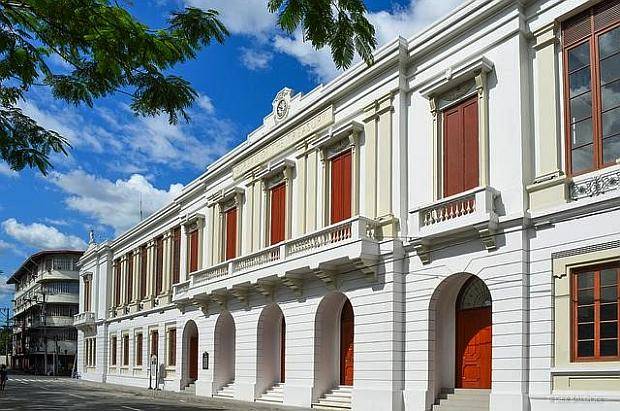BSP sees weaker external position for PH

The Philippines is expecting a weaker external position than it previously expected for this year, as a large import bill and extreme global uncertainties drive dollar outflows.
The Bangko Sentral ng Pilipinas (BSP) said the country was projected to end 2025 with a balance of payments (BOP) deficit of $6.3 billion, or equivalent to 1.3 percent of gross domestic product (GDP).
This was worse than the previous forecast, which had pegged this year’s BOP gap at $4 billion, or at 0.8 percent of GDP. As it is, both the new and old predictions would mark a reversal from the $600 million dollar surplus recorded in 2024.
The BOP is a summary of the country’s economic dealings with the rest of the world. A deficit means more funds exited the country against those that entered during the period, thereby reducing the country’s resources that can be used to transact with other economies. Data showed the Philippines’ BOP position swung to a deficit of $3 billion in the first quarter.
In 2026, the BSP is seeing a smaller dollar shortfall of $2.8 billion, or about 0.5 percent of GDP.
“The Philippines’ BOP is expected to register deficits of about 1 percent of GDP in 2025 and 2026. This outlook reflects a continued current account shortfall and moderating financial flows,” the central bank said.
Updated lookout
“While the domestic economy benefits from steady growth, low inflation and ongoing structural reforms, these are offset by global trade uncertainty, heightened geopolitical risks and weakened investor confidence,” it added.
Explaining its updated outlook, the BSP said goods exports may contract by 1 percent this year, while merchandise imports would grow by the same magnitude.
Dollar inflows from travel receipts are now projected to grow by 10 percent versus the old estimate of 11 percent.
But the BSP retained its outlook on BPO revenues, which may increase by 5 percent in 2025. The central bank likewise kept its growth forecast for cash remittances at 2.8 percent.
Lastly, net inflow of foreign direct investments is projected to hit $7.5 billion, lower than the old forecast of $9 billion. But short-term foreign funds placed in the country’s stock and bond markets are seen ending the year with a net inflow of $6.8 billion, better than the previous expectation of $3.9 billion.





















